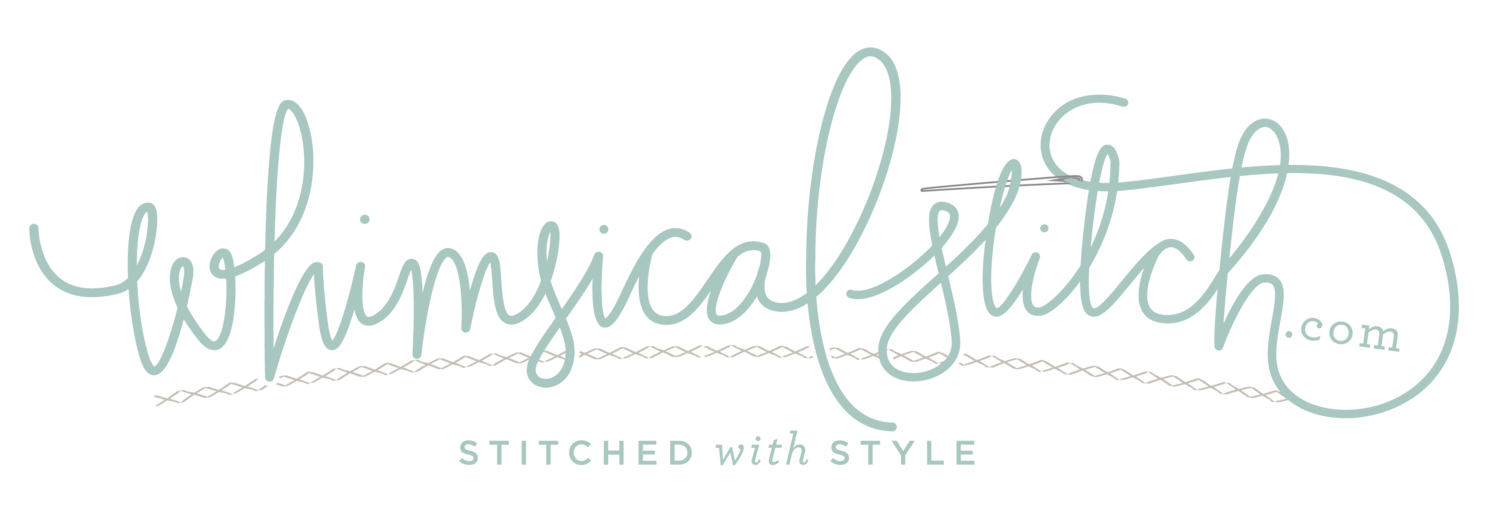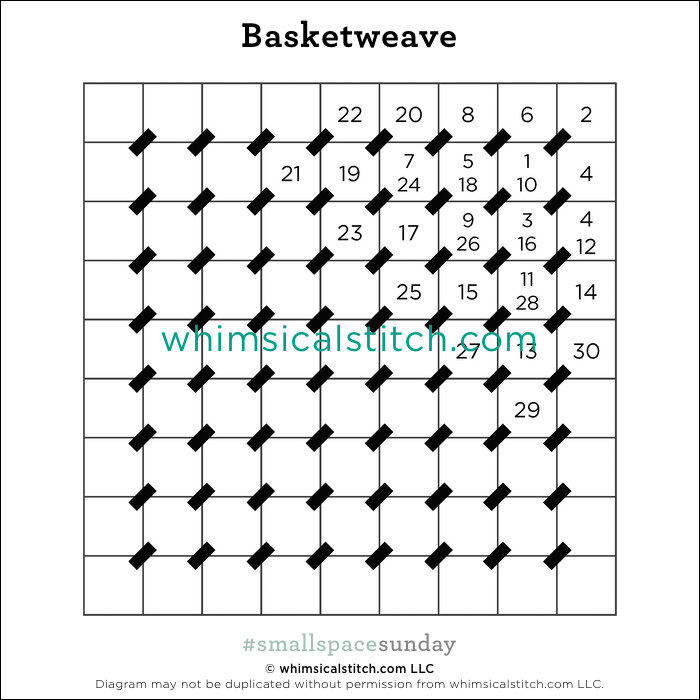Today's #smallspacesunday is a hybrid stitch inspired by two separate posts in my Pinterest feed. The first is a stitch diagram and the second is a photo of a different stitch. Needless to say, I couldn't find the photo again so I started playing to recreate what I thought I found.
The end result is what I am calling the Triplet stitch. It's a riff on the Horizontal Pairs I shared earlier this month, but with groups of three stitches (instead of two).
This is really a perfect multi-purpose stitch. It's ideal for tall narrow spaces. I like it for a floor, chimney, sweater, small toy bag, water, greenery. Really, almost anything.
This stitch diagram, along with all other #whimsicalwednesday and #smallspacesunday stitch diagrams, can also be found on a Pinterest board here.
Be sure to follow whimsicalstitch.com on Facebook, Pinterest, Instagram, and Twitter.
If you like what you see on this blog, want to learn some very creative decorative stitches, and how to put them all together, whimsicalstitch.com sells stitch guides for Melissa Shirley Designs, Zecca Designs, and Patience Brewster (Kate Dickerson Designs). 30 guides are currently available, including two new additions for Patience Brewster (visit them here and here), and more are (still!) in the pipeline.
I hope you have the perfect spot for this stitch. Enjoy!






















